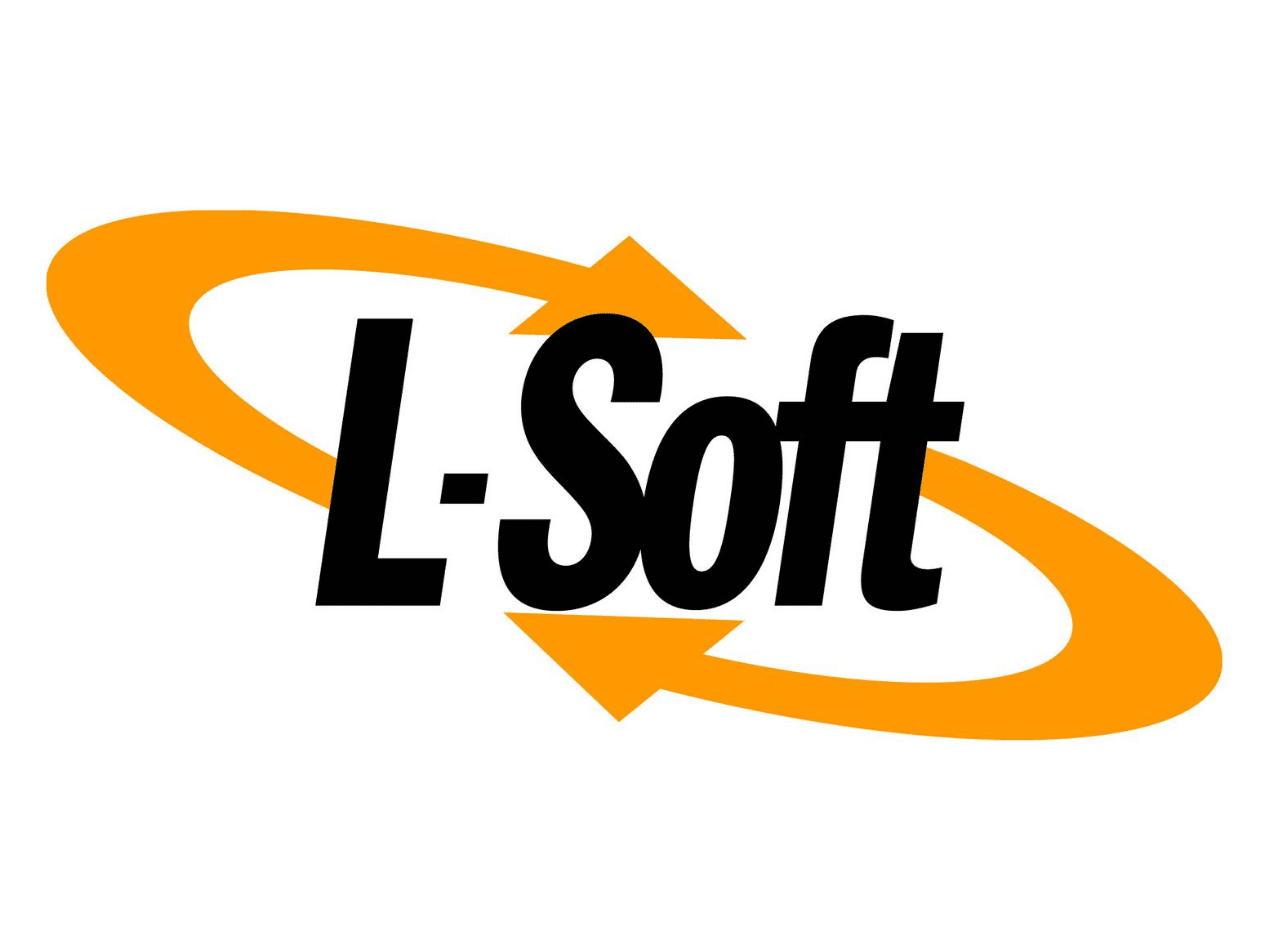
Email list hygiene is the process of tidying up your list to make sure every email you send reaches someone who actually wants it and can engage with it.
Understanding email list hygiene
There isn't a single, universally accepted technical or legal definition for email list hygiene, but it encompasses activities aimed at improving the health and performance of an email marketing list. This practice directly impacts the effectiveness of email marketing campaigns. A clean email list helps in reducing bounce rates (emails that can't be delivered), improving open and click-through rates, and maintaining a good sender reputation.
This, in turn, ensures that your emails are more likely to reach the inbox instead of the spam folder, thereby enhancing the overall success of your email marketing efforts. By regularly cleaning and updating the email list, healthcare providers can also minimize the risk of PHI breaches by reducing the chances of sending sensitive information to incorrect or unauthorized email addresses. This diligent management of email lists also supports compliance with the HIPAA Privacy Rule and therefore contributes to HIPAA compliant email practices.
See also: Top 10 HIPAA compliant email services
Common characteristics of good email list hygiene
Several specific and niche characteristics differentiate a well-maintained email list from a poorly managed one. These characteristics focus on the quality, legality, and engagement of the email list, ensuring that communications are beneficial both to the sender and the recipient. These include:
- High deliverability rates: Good email list hygiene is characterized by high deliverability rates, meaning emails reach the recipients' inboxes without being bounced back or landing in the spam folder.
- Regular engagement checks: Regularly monitoring engagement metrics (open rates, click-through rates, conversion rates) and removing or re-engaging subscribers who are consistently inactive.
- Frequent list validation and verification: Regularly using email verification tools to validate the email addresses on the list ensures that emails are being sent to real, active email accounts.
- Rigorous spam complaint management: Actively managing and minimizing spam complaints by promptly removing complainers from the list and analyzing complaints to adjust email strategies accordingly.
- Content relevance and value: Ensuring that all emails sent provide genuine value and relevance to the recipients.
Strategies to ensure email list hygiene
Patient segmentation based on healthcare needs
Segment your email list based on specific healthcare needs, conditions, or interests. For example, you can create segments for patients with diabetes, heart disease, or those interested in wellness and prevention. This allows for more personalized and relevant communication, which is particularly necessary in a healthcare context where information can impact patient health.
Engagement tracking and re-engagement
Monitor patient engagement with your emails, such as open and click-through rates. For patients who haven't engaged with your emails for a set period, consider a targeted re-engagement campaign that might include health tips, reminders for check-ups, or updates on new services. If there's still no engagement, assess whether to keep them on your main list or move them to a less frequent communication schedule.
Regular validation and verification of contact details
Given the importance of accurate information in healthcare, regularly verify and validate email addresses in your list. This can help reduce bounce rates and ensure that your patients receive the information intended for them. Implementing an automated process for patients to update their contact details can aid in this effort.
Utilize patient feedback loops
Encourage feedback from your patients regarding the types of emails they find useful. This can help tailor your content to better meet their needs and interests, improving engagement and ensuring your email list remains relevant.
Educational content curation
Given the importance of accurate and trustworthy health information, curate your emails to include high-quality, educational content that provides real value to your patients. This strategy not only keeps your audience engaged but also positions your organization as a trusted source of health information.
Clear and easy opt-out process
Ensure that the process for unsubscribing from your email list is clear and straightforward. Maintaining respect for patient preferences regarding communication is vital in healthcare and helps keep your email list clean and engaged.
See also: Top 7 HIPAA compliant email marketing services
FAQs
What is email list cleaning?
Email list cleaning is the process of removing inactive, invalid, or unresponsive email addresses from your mailing list to improve its accuracy and effectiveness.
Why is it important to clean the e mail list regularly?
Regularly cleaning the email list improves deliverability and engagement rates by ensuring communications only go to interested and active recipients.
How often should you clean your email list?
You should clean your email list at least every 6 months, though some businesses may benefit from more frequent cleanings, depending on their level of email marketing activity and list growth rate.
Subscribe to Paubox Weekly
Every Friday we'll bring you the most important news from Paubox. Our aim is to make you smarter, faster.




